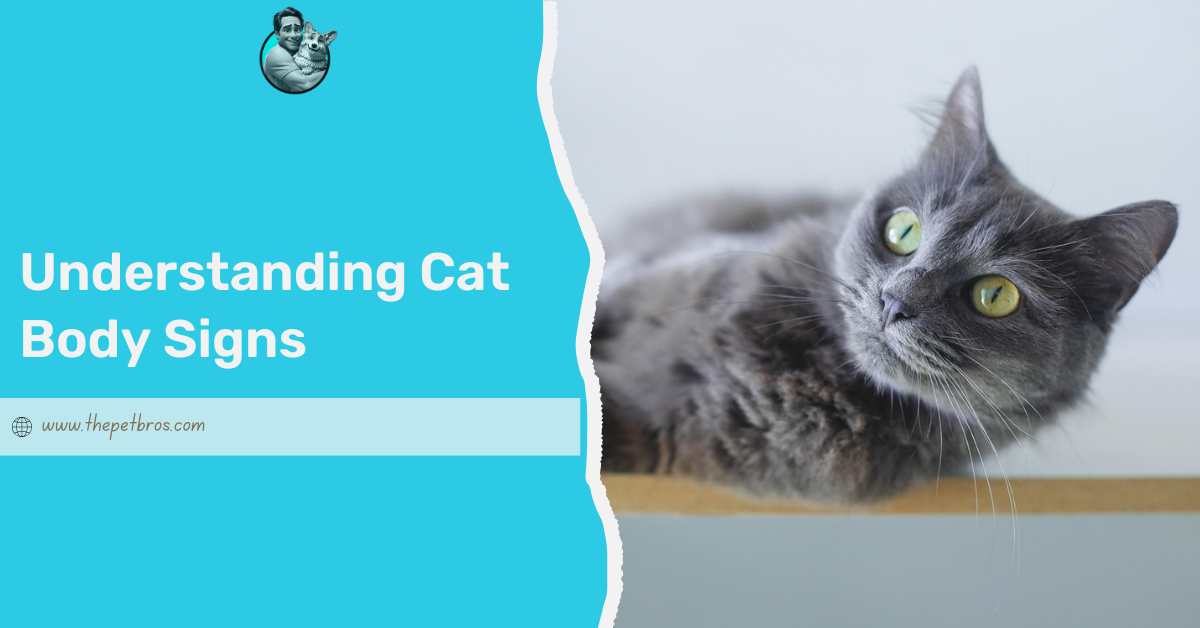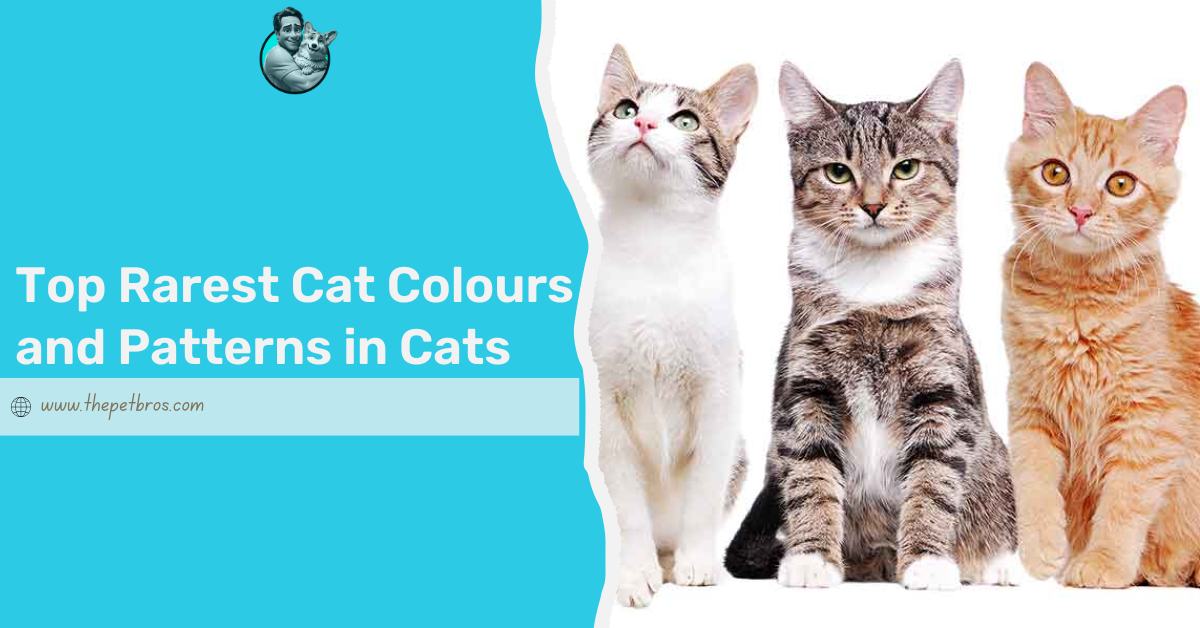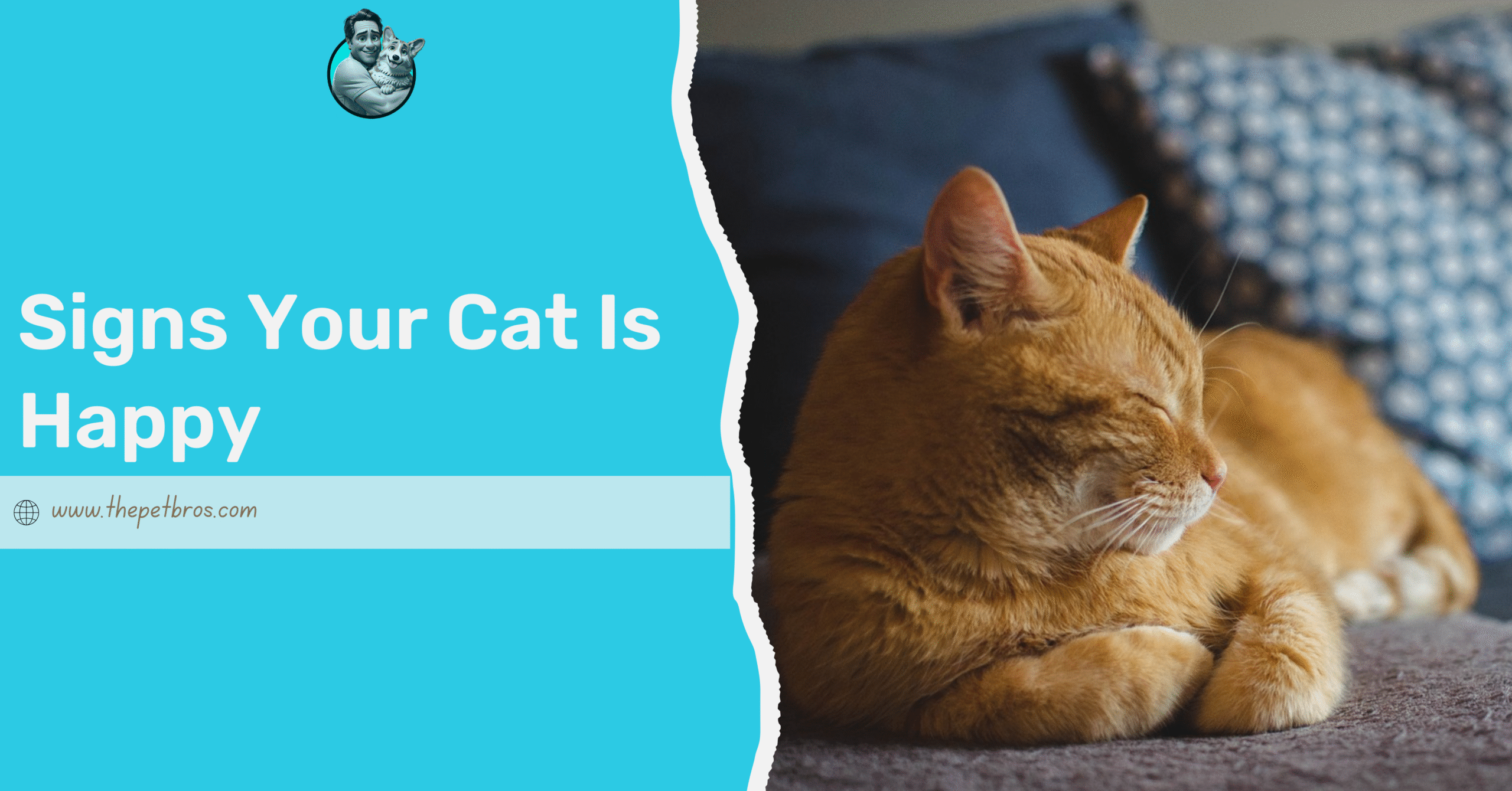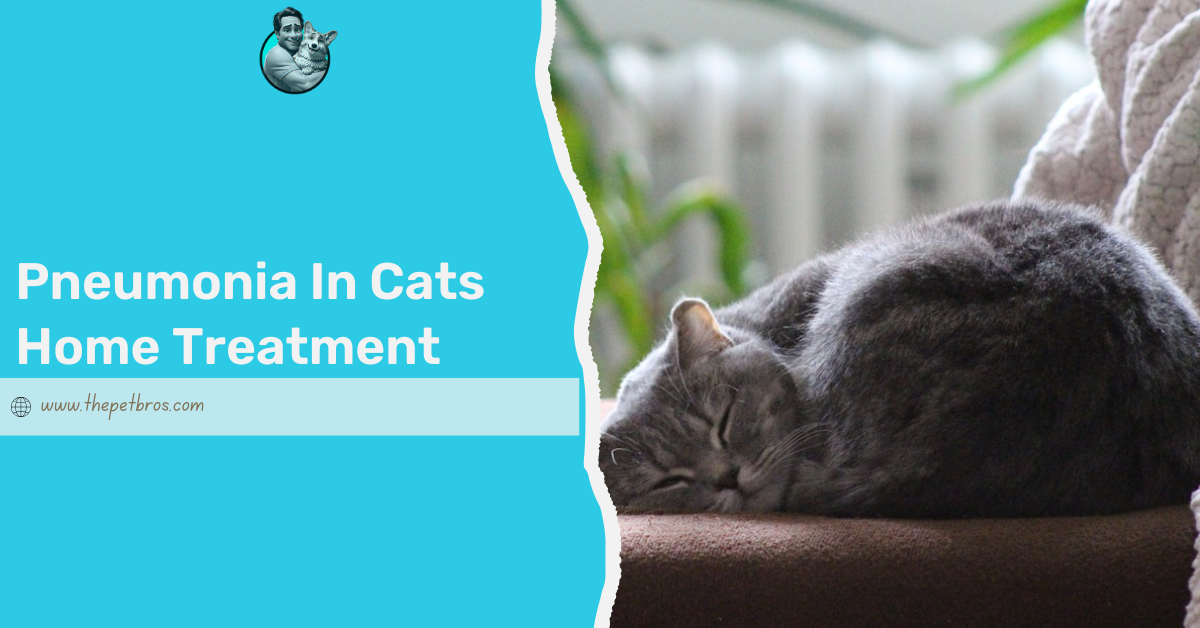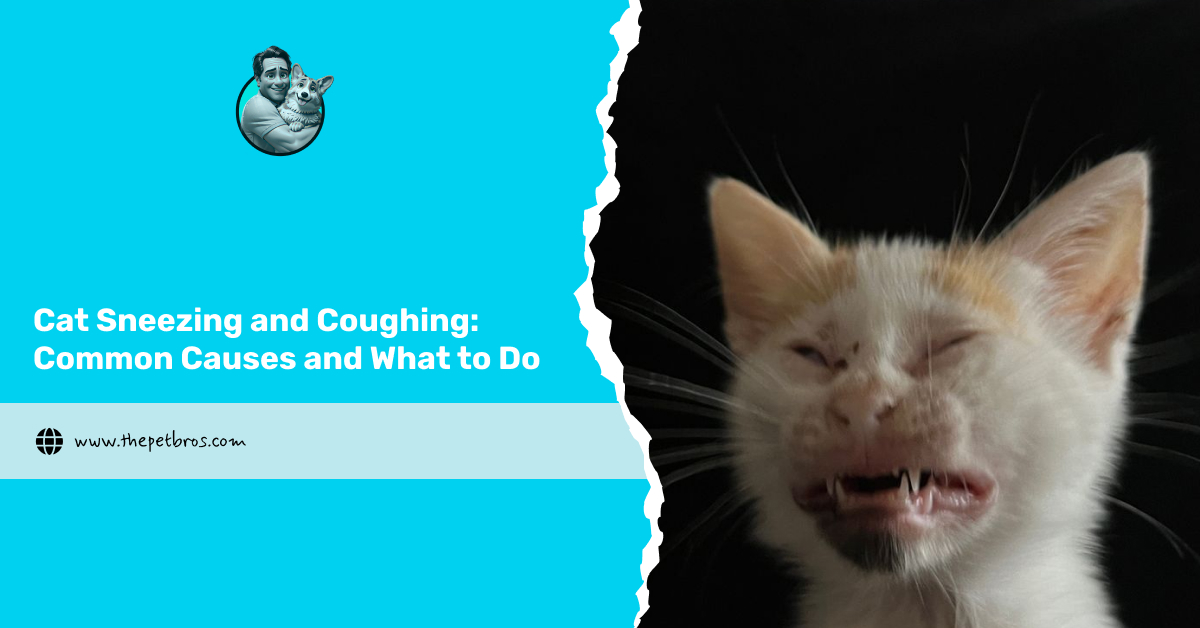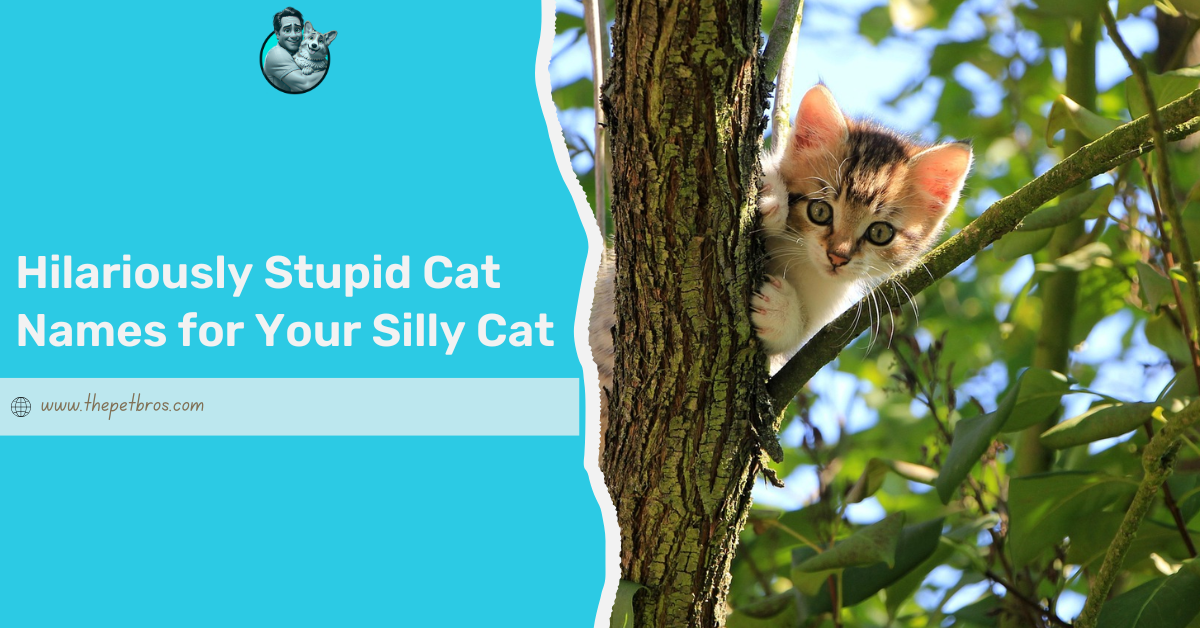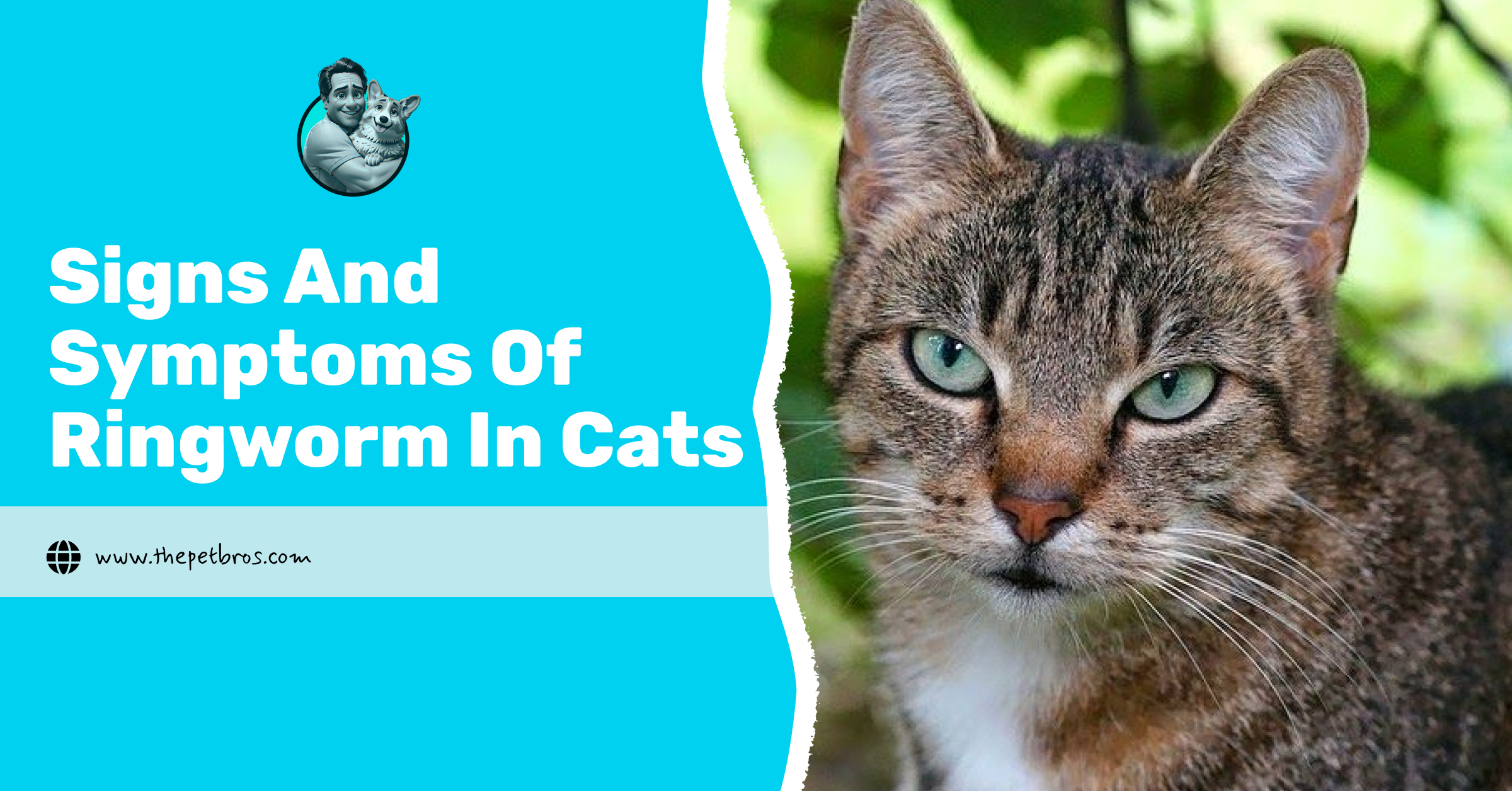If cats could talk, they’d probably have a lot to say, mostly about how they’re the true rulers of the household and how we’re merely their loyal servants. But since they don’t speak our language yet, we can only rely on mysterious and sometimes downright confusing cat body signs.
Now, understanding your cat body signs isn’t just about avoiding sudden claw attacks. It’s about strengthening your bond with your feline friend, recognising when they’re feeling playful, anxious, or plotting your downfall.
So, if you’ve ever found yourself staring at your cat, wondering, “What on earth is going on in that little furry head?” you’re reading the right piece. Without further prepping, let’s jump right into it!
Top 4 Ways to Know Your Cat Body Signs
1. Signs of a Happy and Relaxed Cat
Seeing a happy cat is a lovely thing, as they are usually calm, confident, and possibly plotting domination in the most relaxed way possible. When your cat is in a good mood, their body language is open, their movements are fluid, and they show pure feline contentment. You’ll often see them lounging in the sun, stretching luxuriously, or sauntering around like they own the place because, let’s be honest, they do.
So, if your cat displays the following body signs, then they feel safe, comfortable, and quite possibly in the mood for some head scratches:
- Slow Blinking: Your cat’s way of saying, “I trust you.” Return the gesture with a slow blink of your own.
- Upright, Gently Curled Tail: A friendly greeting, showing confidence and happiness.
- Purring and Kneading: A surefire sign of contentment, especially when accompanied by a relaxed body.
- Head Bumping and Rubbing: Your cat marking you with their scent — a high honour, indeed.
- Belly Exposure (With a Relaxed Body): Not necessarily an invitation for belly rubs, but a huge sign of trust.
2. Signs of an Aggressive or Irritated Cat
Trust me, you don’t want to mess with an aggressive cat. When your cat feels territorial or irritated, it becomes stiff, its tail movements sharp, and eyes locked onto their target like a seasoned warrior. If you notice these signs, just back off, well, unless you fancy a few battle scars.
Unlike playful energy, which is light and bouncy, aggression is tense and calculated. Some cats will lash out if provoked, while others will give plenty of warning signs before attacking. Recognising these early signals can save you from an unwanted clawing session.
- Arched Back with Bristled Fur: A classic intimidation tactic, making the cat look larger and more threatening.
- Pinned-Back Ears: A warning sign that they’re annoyed, uncomfortable, or ready to attack.
- Lashing or Thumping Tail: Unlike a friendly tail wag, this signals agitation — proceed with caution.
- Direct, Unblinking Stare: A challenge. In the feline world, prolonged eye contact is a sign of dominance.
- Growling or Hissing: Your cat’s way of saying, “Back off before I make you regret it.”
3. Signs of a Stressed or Anxious Cat
Stress in cats can be subtle, but once you know what to look for, it becomes easier to spot. A stressed cat will often display signs of unease through small, repetitive behaviours and avoidant body language. Their movements may be hesitant, their ears may flick nervously, and they might retreat to a hiding spot at the slightest disturbance.
Chronic stress can lead to health issues like overgrooming, appetite loss, or even urinary problems. That’s why it’s crucial to recognise when your cat is feeling on edge and create a calm, predictable environment for them.
- Crouching with Tucked Tail: A defensive posture, showing the cat is feeling insecure or overwhelmed.
- Rapid Ear Flicking: A sign of nervousness, especially in response to sudden noises.
- Excessive Grooming: Cats over-groom when anxious, sometimes to the point of bald patches.
- Dilated Pupils (Without Playfulness): Indicates a heightened state of alertness or fear.
- Frequent Hiding: When a cat disappears for long periods, they may be feeling anxious or unsettled.
4. Signs of a Fearful or Terrified Cat
Did you know that fear in cats is all about survival? When a cat is scared, their body instinctively prepares for fight, flight, or freeze. Unlike a stressed cat, who might be anxious but still functional, a terrified cat will exhibit extreme avoidance behaviours or defensive aggression.
Recognising fear-driven body language is necessary, especially in multi-pet households or when introducing new environments. A fearful cat needs reassurance, patience, and a safe space to retreat to when things get overwhelming.
- Flattened Ears and Whiskers Pulled Back: The cat is trying to make itself as small as possible.
- Puffed-Up Fur and Tail: A defence mechanism to appear larger and more intimidating.
- Backing into a Corner: If your cat has nowhere to run, they might prepare to defend themselves.
- Trembling or Freezing in Place: Extreme fear can cause cats to become momentarily paralysed.
- Sudden Escape Attempts: A frightened cat will bolt at the first opportunity, often to a secure hiding spot.
Tips to Respond to Your Cat’s Body Language
Deciphering cat body signs is only half the battle. What truly strengthens the bond is knowing how to respond appropriately. Just so you know, cats appreciate humans who understand their signals and respect their boundaries. Respond the wrong way, and you might end up with a scratch; respond the right way, and you’ll have a cat that trusts, loves, and possibly even tolerates you on a daily basis.
So, here are the best ways to respond to your cat’s body signs:
1. Respect Their Boundaries
Cats are fiercely independent creatures. Unlike dogs, who often crave constant affection, cats prefer interactions on their terms. If your cat is giving off clear signals that you shouldn’t touch them, just listen to them. Ignoring these signs can lead to stress, defensive aggression, or a swift swipe of the paw.
So basically:
- If your cat moves away from you, let them go. Don’t force interactions.
- Avoid petting areas they dislike (many cats are sensitive about their belly and tail).
- Pay attention to tail flicking, pinned-back ears, or a stiff posture.
- Never chase a cat into a hiding spot — they need a safe retreat when overwhelmed.
2. Reinforce Positive Behaviour
Like humans, cats respond well to positive reinforcement. If your cat displays relaxed, friendly body language, reward them with treats, playtime, or gentle affection. This encourages them to associate good behaviour with positive outcomes, making them more likely to repeat it.
Additionally,
- Use slow blinks to communicate trust; many cats will blink back.
- If your cat kneads or headbutts you, return the affection with gentle strokes.
- Don’t punish your cat for behaviours they can’t control (e.g., swatting when overstimulated).
- Avoid using loud voices or physical corrections—cats don’t respond well to negative reinforcement.
3. Calm a Stressed or Anxious Cat
A stressed cat needs reassurance, not pressure. If you notice signs of anxiety or frequent hiding, take steps to create a more comforting environment. The goal is to help your cat feel secure without forcing interactions.
So, ensure to:
- Provide quiet, safe spaces where your cat can retreat undisturbed.
- Stick to a consistent routine because cats thrive on predictability.
- Use calming aids like pheromone diffusers, soft music, or even a warm blanket.
- Don’t overwhelm your cat with attention when they’re anxious. Give them space.
- Avoid sudden loud noises or abrupt movements that might startle them further.
4. Defuse Aggressive Behaviour
Aggression in cats is often a last resort when they feel threatened or overstimulated. If your cat shows signs of irritation, just de-escalate the situation before it turns into a full-blown attack.
Try to:
- Give your cat space—walk away and let them calm down on their own.
- Redirect their focus with a toy rather than trying to physically intervene.
- If aggression is persistent, consider underlying causes such as illness or stress.
- Never punish an aggressive cat—it will only make them more fearful and reactive.
- Don’t attempt to pick up or restrain a cat mid-aggression—you will get scratched.
Conclusion
Cats may be small, but their personalities are anything but. From a confidently upright tail to a flick, their body language describes their thoughts, moods, and occasional mischief. By understanding cat body signs, you’re learning the secret code to a stronger, more trusting bond with your feline friend.
So, the next time your cat gives you a slow blink, flicks their tail, or flops over in a dramatic display of belly trust, you’ll know exactly what they mean. And if you’re still figuring it all out? Don’t worry, cats are patient teachers mostly. Do you have questions for us? Please leave them in the comment section below.
Frequently Asked Questions
Why Does My Cat Act Friendly and Suddenly Bite Me?
Cats sometimes act friendly and then suddenly bite due to overstimulation, changing moods, or natural hunting instincts. Some cats also have a low tolerance for prolonged touch and may use a quick bite to communicate that you have done enough.
Does My Cat Love Me?
Of course! Cats express their love in a unique way. Unlike dogs, who openly display affection, cats are more subtle in their attachment. They show love through signs like slow blinking, head rubbing, kneading, and following their humans around. They may not be overly expressive, but their actions speak volumes about the bond they share with their owners.
Why Do Cats Randomly Sprint Around the House?
This is often called the “zoomies” and is usually a way for cats to release pent-up energy. It’s more common in younger cats or those who haven’t had enough playtime. Excitements, hunting instincts, or even using the litter tray, can trigger this behaviour.






